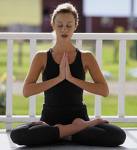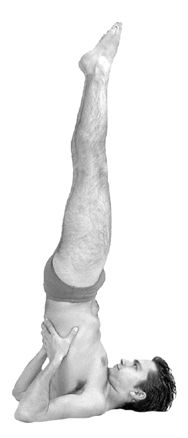
Yoga retreats are the centres where you will find residential facilities with training of yoga. In India
Indian Yoga Retreats
In modern day India
How the Retreats Help Learning Yoga
Yoga is known as the journey for knowing the self; it is like a trip to discover the person living within ourselves. For travelling inside of us, we need an exclusive corner of peace and tranquillity. The yoga retreats situated either on the hills of Himalayas or on the tranquil beaches of India India or Goa near Bombay
Depending upon the situation and the place of the retreat and the tariffs they charge, the facilities offered to the yoga parishioners could be varied. In most of the retreats, especially near Haridwar and Hrishikesh, the charges would be very economical. Most of the places provide the facilities of food and beverages at cost prices. They charge some fees for the services of trained yoga teacher.
Other Facilities in Yoga Retreats
There are various places catering to the different needs of the person. It includes the services of providing Ayurvedic spa and massaging. Those who want special huts near seashore or under a palm tree will be required to pay extra for the same. These resorts provide all types of yoga accessories like yoga mat, yoga balls. You would find a good gym, too, in some of the resorts. (Image courtesy By MyA [CC-BY-SA-3.0 or GFDL], from Wikimedia Commons) (Image of Ramjhula, Hrishikesh courtesy By Asis K. Chatterjee [CC-BY-SA-2.0], from Wikimedia Commons)

 8:29 PM
8:29 PM
 abhi
abhi




